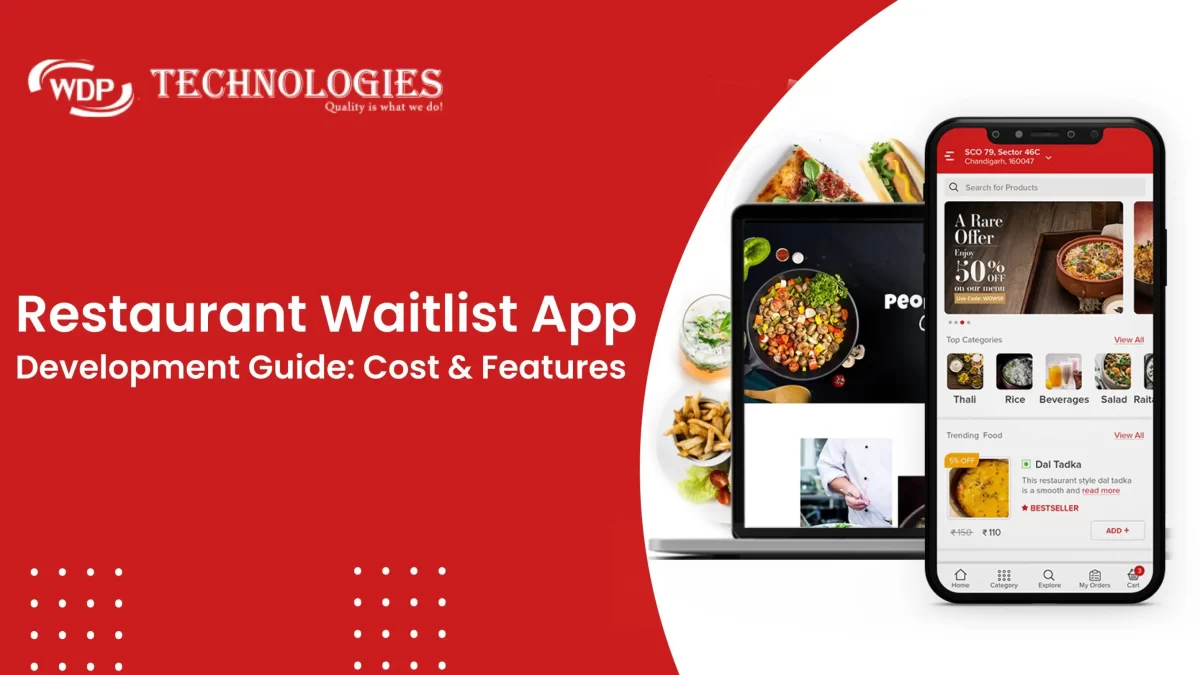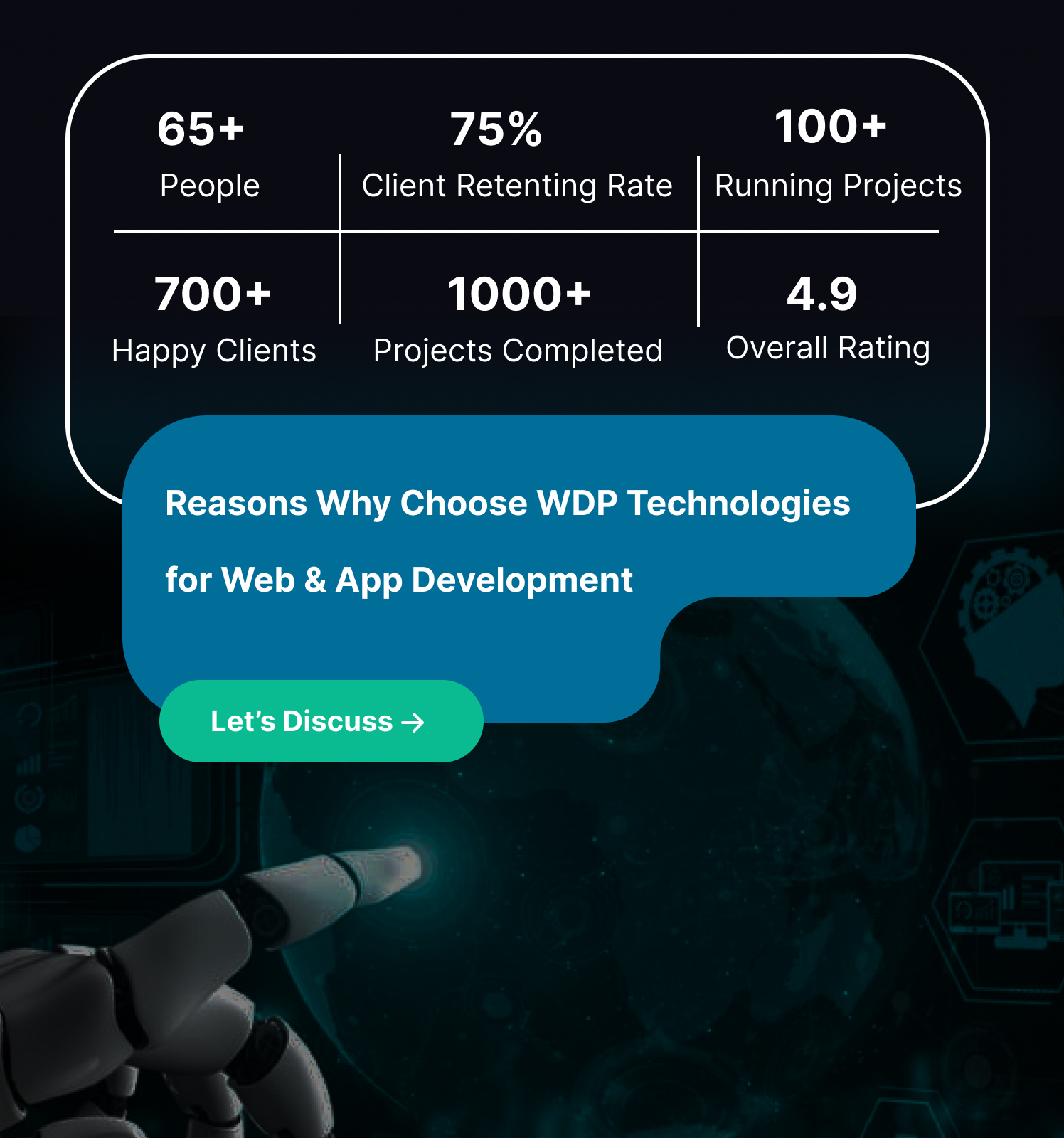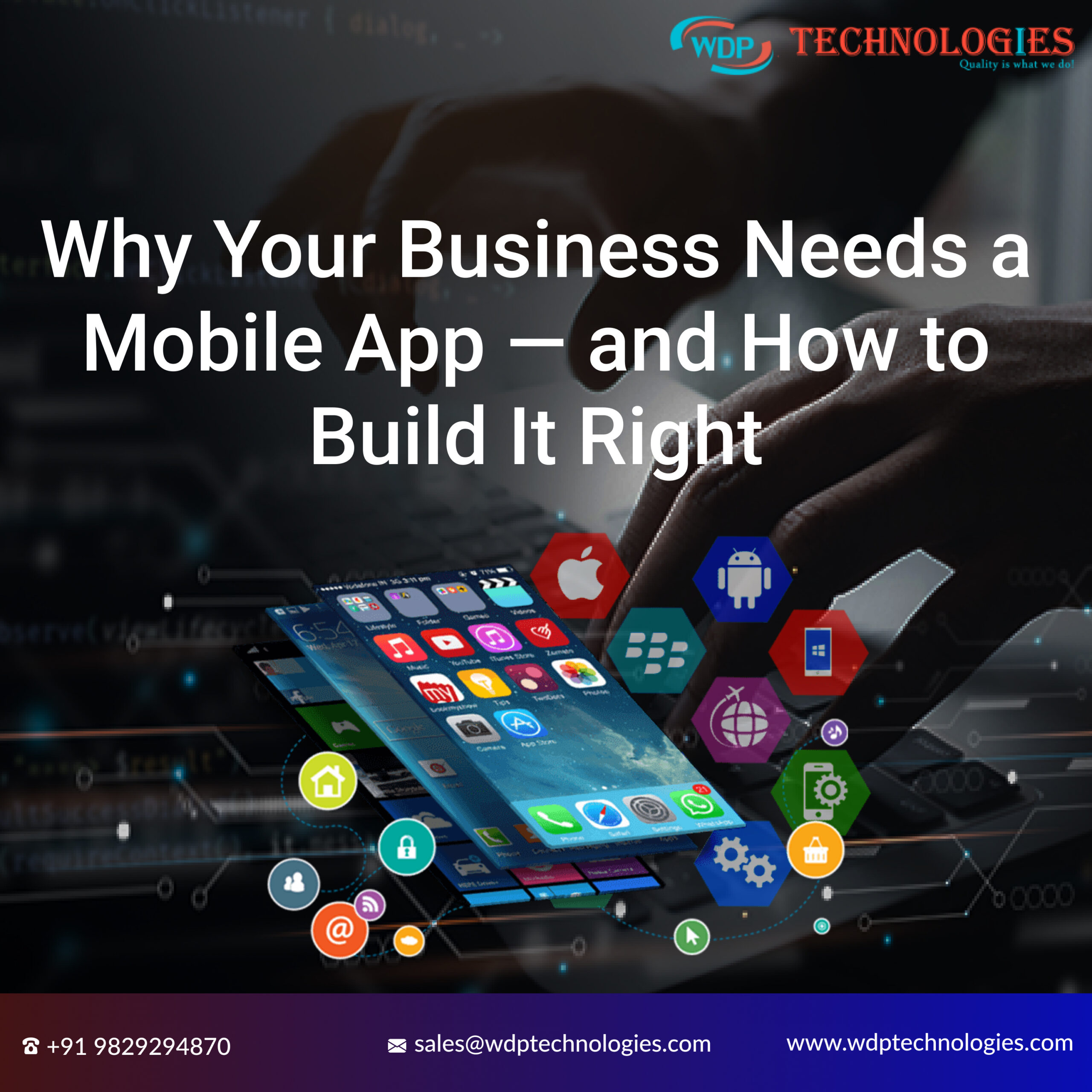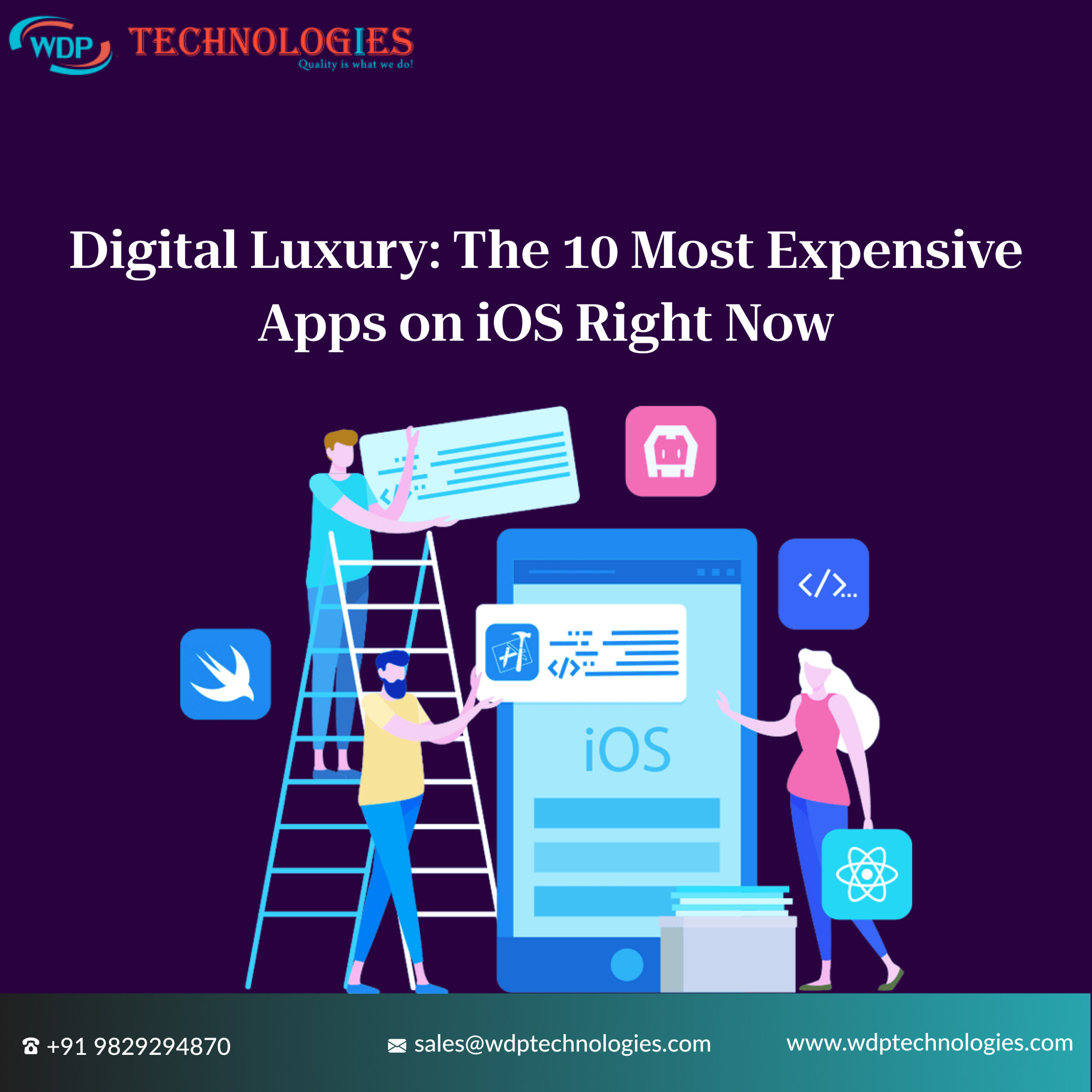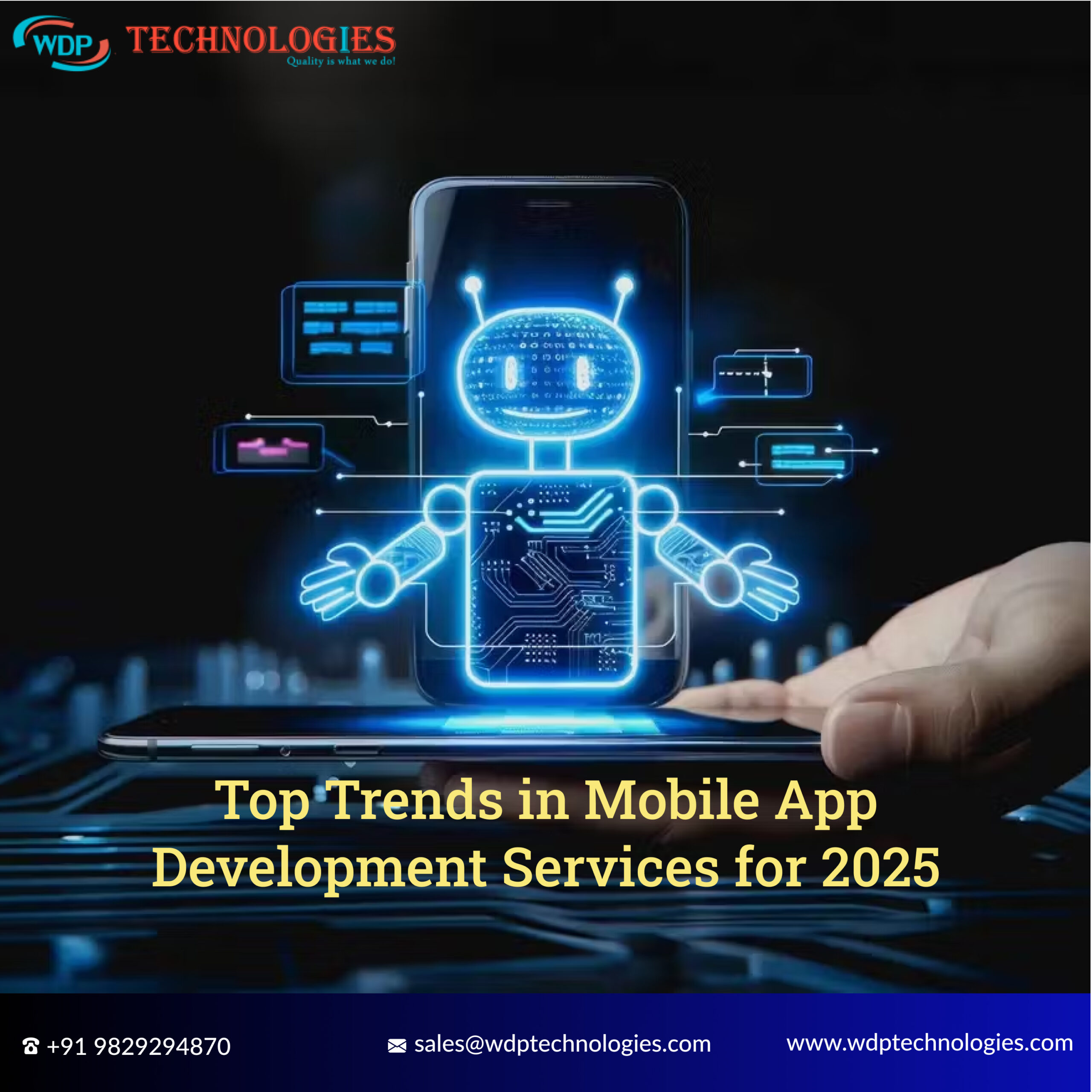In today’s fast-paced world, waiting for a table at a restaurant can be a major turn-off for customers. However, with the advent of technology, restaurant waitlist apps have emerged as a solution to streamline the waiting process, enhance customer satisfaction, and optimize restaurant operations.
Restaurant waitlist apps offer a modern solution, transforming the waiting experience for both diners and staff. This blog guides restaurant waitlist app development, exploring its benefits, key features, and the development process.
Why Invest in Restaurant Waitlist App Development 2024?
Traditional pen-and-paper waitlists or pager systems are clunky and inefficient. Here’s how a waitlist app can revolutionize your restaurant:
1. Enhanced Customer Experience:
Restaurant waitlist apps empower customers by allowing them to join waitlists remotely, receive real-time updates on their waitlist status, and make more informed decisions about their dining plans. This convenience enhances customer satisfaction and loyalty, leading to repeat business and positive word-of-mouth referrals.
2. Improved Operational Efficiency:
Manual waitlist management can be time-consuming and prone to errors. By automating the waitlist process through an app, restaurants can streamline operations, optimize seating arrangements, and reduce wait times. This efficiency not only enhances the overall dining experience but also increases table turnover rates, ultimately boosting revenue.
3. Competitive Advantage:
In today’s digital age, customers expect convenience and efficiency in every aspect of their lives, including dining out. By offering a restaurant waitlist app, establishments can differentiate themselves from competitors and attract tech-savvy customers who prioritize convenience and seamless experiences.
4. Data-driven Insights:
Restaurant waitlist apps generate valuable data and analytics that can provide insights into customer behavior, preferences, and trends. By analyzing this data, restaurant owners can make informed decisions about staffing, menu offerings, pricing strategies, and marketing campaigns, ultimately driving business growth and profitability.
5. Flexibility and Scalability:
Restaurant waitlist apps can be customized to meet the specific needs and requirements of individual establishments, whether they’re small independent eateries or large restaurant chains. Additionally, as businesses grow and evolve, the app can easily scale to accommodate increased demand and expanded operations, ensuring long-term viability and success.
6. Adaptation to Changing Trends:
The restaurant industry is constantly evolving, with new technologies and trends shaping consumer expectations and preferences. Investing in a restaurant waitlist app demonstrates a commitment to innovation and adaptation, positioning establishments as forward-thinking leaders in the industry.
In summary, investing in restaurant waitlist app development offers a strategic opportunity for restaurants to enhance the customer experience, improve operational efficiency, gain a competitive advantage, leverage data-driven insights, and adapt to changing trends. By embracing technology and prioritizing customer convenience, restaurants can drive growth, increase profitability, and thrive in an increasingly digital landscape.
Must-Have Features for Your Restaurant Waitlist App
When developing a restaurant waitlist app, it’s essential to include features that cater to the needs of both customers and restaurant staff. Here are some must-have features for your restaurant waitlist app:
Waitlist Management:
🔹Customer Check-in: Allow customers to add themselves to the waitlist remotely through the app.
🔹Walk-in Management: Enable restaurant staff to add walk-in customers to the waitlist manually.
🔹Table Status Updates: Provide real-time updates on table availability and waitlist status for both customers and staff.
Real-time Notifications:
🔹Waitlist Updates: Notify customers via SMS or push notifications about their waitlist status, estimated wait times, and when their table is ready.
🔹Table Ready Alerts: Alert restaurant staff when a table is ready for seating, ensuring efficient table turnover.
Reservation Integration:
🔹Seamless Transition: Integrate reservation systems to allow customers to seamlessly transition from making reservations to joining the waitlist if no immediate tables are available.
🔹Reservation Management: Enable restaurant staff to manage reservations and waitlists simultaneously through the app.
Customizable Settings:
🔹Notification Preferences: Allow customers to customize their notification preferences, such as choosing between SMS or push notifications.
🔹Language Preferences: Support multiple languages to cater to a diverse customer base.
Waitlist Analytics:
🔹Insights Dashboard: Provide restaurant staff with analytics and insights into waitlist trends, peak hours, average wait times, and customer preferences.
🔹Data Export: Allow restaurant owners to export waitlist data for further analysis and reporting.
Customer Engagement:
🔹Feedback Collection: Solicit feedback from customers about their waitlist experience to continuously improve service quality.
🔹Loyalty Integration: Integrate loyalty programs or incentives to reward frequent diners and encourage repeat business.
Staff Management:
🔹Staff Assignments: Assign waitlist management tasks to specific staff members and track their performance.
🔹Shift Scheduling: Enable managers to create and manage staff schedules within the app.
User-friendly Interface:
🔹Intuitive Design: Ensure the app has a user-friendly interface that is easy to navigate for both customers and restaurant staff.
🔹Mobile Compatibility: Optimize the app for mobile devices to accommodate customers who prefer to use smartphones or tablets.
Security and Privacy:
🔹Secure Authentication: Implement secure login and authentication measures to protect customer data and prevent unauthorized access.
🔹Data Encryption: Encrypt sensitive information, such as customer contact details, to ensure privacy and compliance with data protection regulations.
Restaurant Waitlist App Development : A Step-by-Step Guide
Restaurant waitlist app development involves several steps, from planning and design to development and deployment. Here’s a step-by-step guide to help you navigate the process:
1. Define Your Goals and Objectives:
Determine the specific goals and objectives you want to achieve with your restaurant waitlist app. This could include improving customer satisfaction, reducing wait times, increasing table turnover rates, or enhancing operational efficiency.
2. Market Research and Analysis:
Conduct market research to understand the needs and preferences of your target audience. Analyze existing restaurant waitlist apps to identify strengths, weaknesses, and opportunities for differentiation.
3. Identify Key Features & Functionalities:
Based on your goals and market research, define the key features and functionalities you want to include in your app. Consider features such as waitlist management, real-time notifications, reservation integration, analytics dashboard, and customer engagement tools.
4. Design User Interface & Experience:
Work with designers to create wireframes and prototypes of your app’s user interface and experience. Focus on designing a visually appealing interface that is intuitive and easy to navigate for both customers and restaurant staff.
5. Select Technology Stack:
Choose the appropriate technology stack for your app, including programming languages, frameworks, databases, and hosting platforms. Consider factors such as scalability, security, and compatibility with mobile devices.
6. Develop Backend Infrastructure:
Develop the backend infrastructure of your app, including servers, databases, APIs, and integrations with external systems such as reservation platforms and messaging services. Ensure that the backend is robust, scalable, and capable of handling the expected load.
7. Build Frontend Components:
Develop the frontend components of your app, including user interfaces for customers to join the waitlist, receive notifications, and provide feedback. Design the interface to be responsive and compatible with various devices and screen sizes.
8. Implement Features & Functionality:
Implement the features and functionality outlined in your app’s specifications, following best practices for coding, testing, and documentation. Ensure that the app meets quality standards and is free of bugs or issues.
9. Testing and Quality Assurance:
Conduct thorough testing and quality assurance to identify and address any bugs, errors, or usability issues. Test the app on different devices, operating systems, and browsers to ensure compatibility and performance.
10. Deployment and Launch:
Deploy the app to production servers and launch it to the public. Coordinate with restaurant partners to onboard their staff and integrate the app into their operations. Promote the app through marketing and promotional campaigns to attract users.
11. Gather Feedback and Iterate:
Gather feedback from users, restaurant staff, and other stakeholders to identify areas for improvement. Use analytics and user feedback to iterate on the app’s features, functionality, and user experience.
12. Maintenance and Support:
Provide ongoing maintenance and support for the app, including software updates, bug fixes, and technical assistance. Monitor app performance and user feedback to ensure continued satisfaction and usability.
By following this step-by-step guide, you can develop a restaurant waitlist app that enhances the dining experience for customers and improves operational efficiency for restaurant staff.
How Much Does Restaurant Waitlist App Development Cost?
1. Simple App (Under $10,000):
This option covers the development of a basic mobile app featuring essential waitlist functionality, such as remote sign-up and estimated wait times. It’s tailored for smaller restaurants with predictable traffic patterns, offering a cost-effective solution to streamline their operations.
2. Mid-Range App ($10,000 – $18,000):
Falling within the mid-range budget, this app includes additional features like desk control, SMS notifications, and online reservations. It’s an ideal choice for restaurants experiencing moderate foot traffic, aiming to enhance efficiency and customer experience.
3. Advanced App ($25,000+):
Positioned at the higher end of the spectrum, the advanced app builds upon the features of the mid-range tier. It introduces advanced functionalities like loyalty programs, table-side ordering, or AI-powered wait time predictions. This option caters to high-end restaurants or those seeking to differentiate themselves with innovative offerings.
Top 5 Restaurant Waitlist Apps in 2024
1. OpenTable:
A well-established reservation platform, OpenTable now offers a waitlist feature for restaurants. It allows diners to join waitlists remotely, receive real-time updates, and even reserve tables at participating restaurants.
2. Waitlist Me:
This app offers a user-friendly interface for both restaurants and diners. Key features include online waitlisting, SMS notifications, table management tools, and even integrates with marketing platforms.
3. Yelp Waitlist:
Part of the comprehensive Yelp Guest Manager suite, Yelp Waitlist allows restaurants to manage waitlists digitally, eliminating the need for pen-and-paper systems. It provides features like two-way texting, daily analytics, and even to-go management.
4. TableIn:
This app focuses on streamlining the waitlist experience for diners. It offers features like real-time wait time updates, estimated seating times, and even allows users to explore nearby restaurants while they wait.
5. Tock:
While not exclusively a waitlist app, Tock excels at reservation management for high-demand restaurants. It offers features like flexible reservation scheduling, deposit management, and even integrates with restaurant management systems.
How WDP Technologies Helps For Restaurant Waitlist App Development?
WDP Technologies is a trusted partner for restaurant waitlist app development, offering customized solutions tailored to each client’s specific needs. With expertise in mobile app development and a focus on intuitive user experience, WDP Technologies creates feature-rich apps for both iOS and Android platforms.
From waitlist management to real-time notifications and analytics, WDP Technologies ensures seamless functionality and scalability to accommodate evolving business requirements. With comprehensive project management and ongoing support, WDP Technologies guides clients through every step of the development process, delivering high-quality solutions that enhance customer experience and drive operational efficiency.
Final Wrap
By investing in restaurant waitlist app development, you can create a win-win situation for your business and your customers. You’ll streamline operations, enhance customer satisfaction, and gain valuable data to drive future growth. As technology continues to evolve, restaurant waitlist apps will play an integral role in shaping the future of dining.

